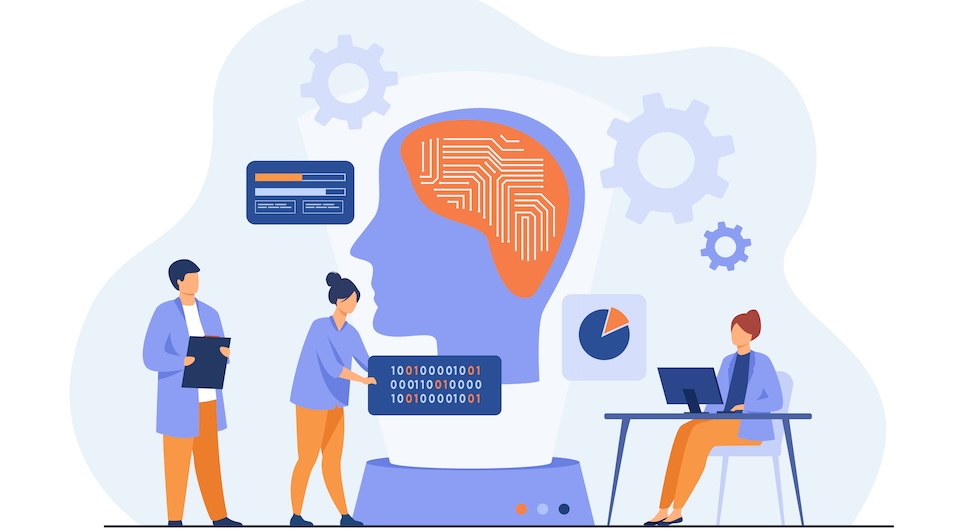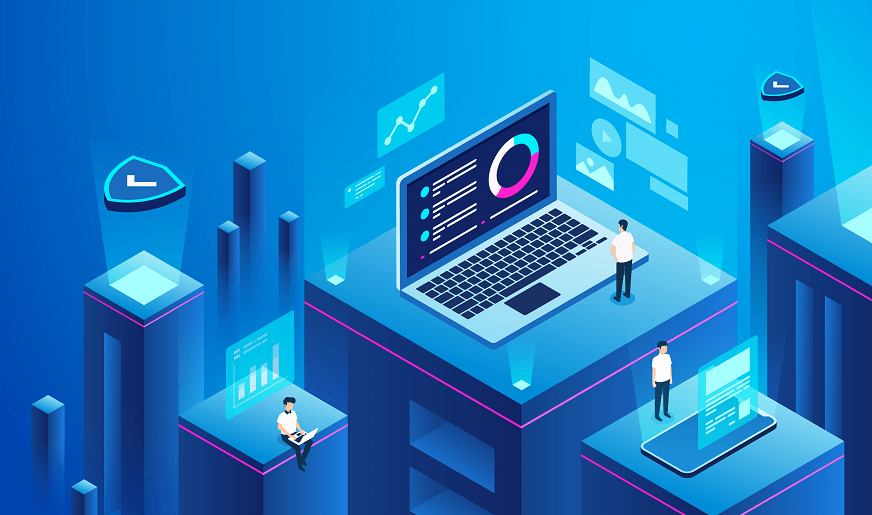The internet has truly evolved from being a space where people merely share information into a place where people express themselves, create, do business, and find entertainment.
What all this means is that billions of people come online at any given time but there is a visible lack of security put in place to ensure malicious activity is controlled and maintained to a minimum.
Here are the top five emerging information security technologies that have begun to circulate the online space and many people are betting will become the norm in the coming years.
1. Hardware authentication
Security is one main concern that most online users have. It’s not enough that people have unique usernames and passwords. A lot of accounts have been hacked despite this common security feature. Clearly, there is a need for a more secure way to authenticate a user’s identity.
A lot of big names in the computer and the IT industry have started working on different ways to increase the security of people’s accounts. They follow a three-pronged approach to authenticate an account namely: what they know (password), who they are (username), and what they have (a key or token). In the case of more secure authentication, an additional step of what you have is added.
Hardware authentication is especially important now that the rise of IoT or the internet of things is slowly increasing. Consumers want a more secure device, one that is difficult to gain access to.
2. Behavior analytics
It’s not only the airline industry that’s making use of behavior analytics to determine malicious intent. With usernames and passwords seemingly becoming more and more inefficient in protecting a user’s account and data, big techs are looking into the behavior of users to determine anomalous behavior.
It is important that behavior analytics determine which activities are a user’s own and which ones are malicious. Once an attacker gains access to an account or an enterprise, the first thing they do is change their credentials. The analytics should be able to quickly know based on recent activity that an account has been hacked and prevent it from retrieving other sensitive information from other users.
Comparing the present behavior of a user to their past behavior will help analysts create a profile of the user which can then be used as a benchmark for their predicted online activities and habits. Peer analysis is a process of comparing someone’s documented behavior to other people in the same category. Any deviation could be flagged as a possible issue.
3. Data prevention
With more and more sensitive data being migrated to cloud storage, there is a real threat of data loss and when it does happen, the consequences could be devastating. Encryption has been one way to deal with data protection and data loss. It can protect data in a number of ways:
• The data retrieved can’t be used for monetary gains should a successful breach occur.
• Data can be moved securely and used in different ways without fear of a breach or data exposure.
• Businesses can be aided when it comes to security regulations and data privacy compliance.
4. Deep learning
When it comes to deep learning, it doesn’t just talk about artificial intelligence or machine learning. Similar to user behavior, deep learning explores and digs deep into anomalous behavior and activity of a user or an entity.
Through machine learning, advanced persistent threats can be mitigated. Its ability to determine between bad software and a good one is a good step in the right direction in knowing which ones have malicious intent.
The rise of deep learning will also pave the way for more efficient use of an enterprise’s time and resources which a good chunk used to be allocated to data protection and privacy.
5. Cloud storage and processing
The term ‘cloud’ has been thrown quite a bit around in the past couple of years. People used to save their data in personal data storage units such as a hard drive but now, more and more are making use of cloud storage.
What’s great about storing data in the cloud is the ease of access. You don’t have to carry the drive with you at all times, as long as you have internet access, you can have access to your data.
The downside to all this is security. There is a real threat to data breach and corruption if insufficient security measures are put in place.
As more people find cloud storage to be the most convenient way to store their data, cloud storage providers will have more pressure to instigate a more rigorous approach to security.
Whether you use the internet to do business or buy instagram likes having security and privacy is of utmost importance.
For more information Checkout buy instagram likes. Newer ways to safeguard our data and activities are constantly being released but for now, we have these top five technologies to keep us and our personal data safe.

















Add Comment